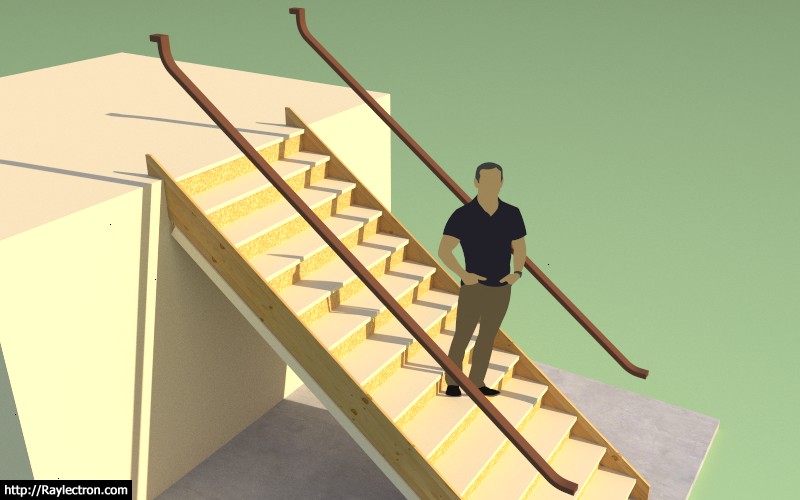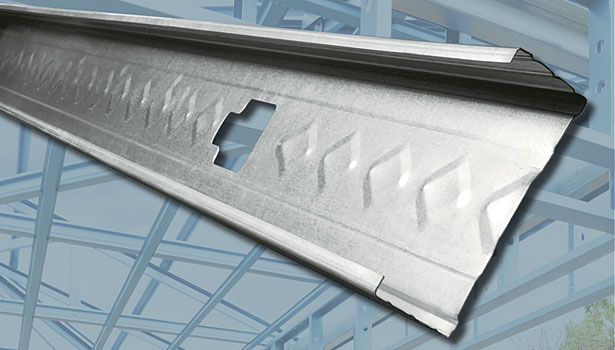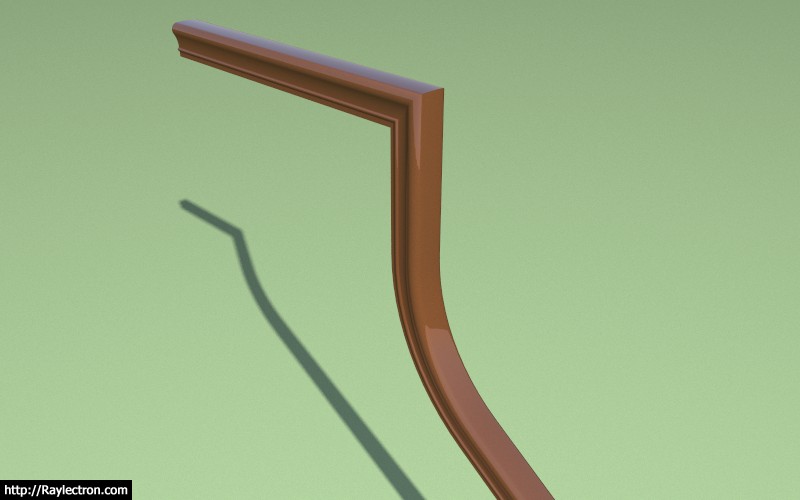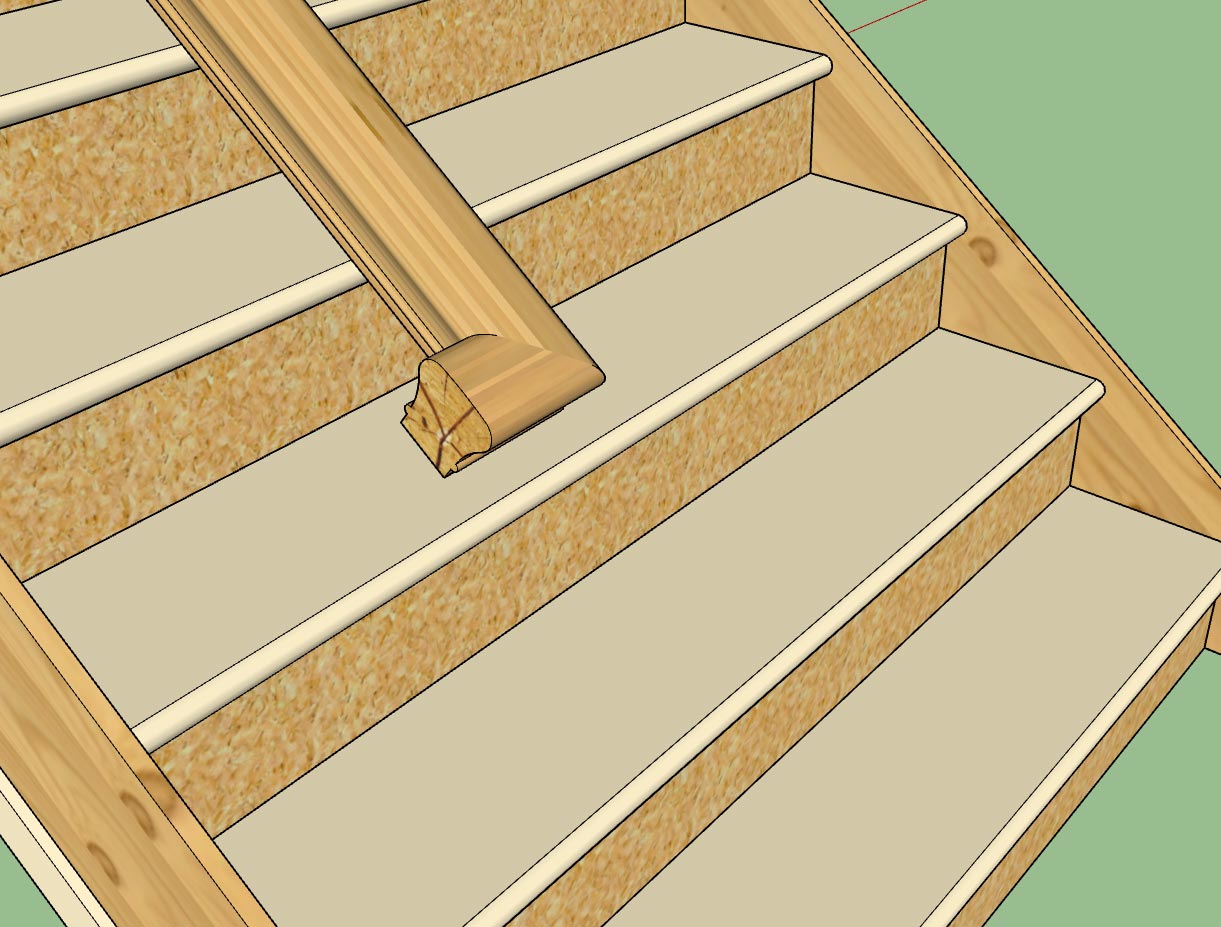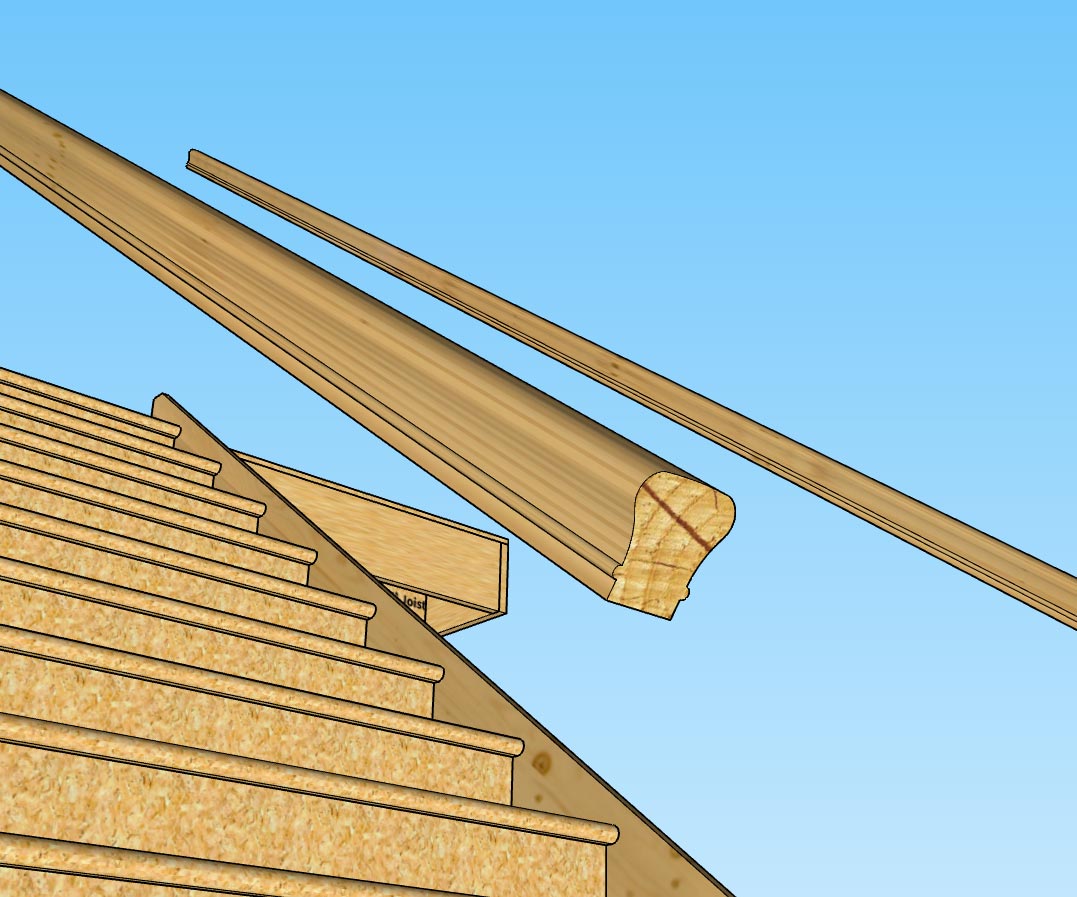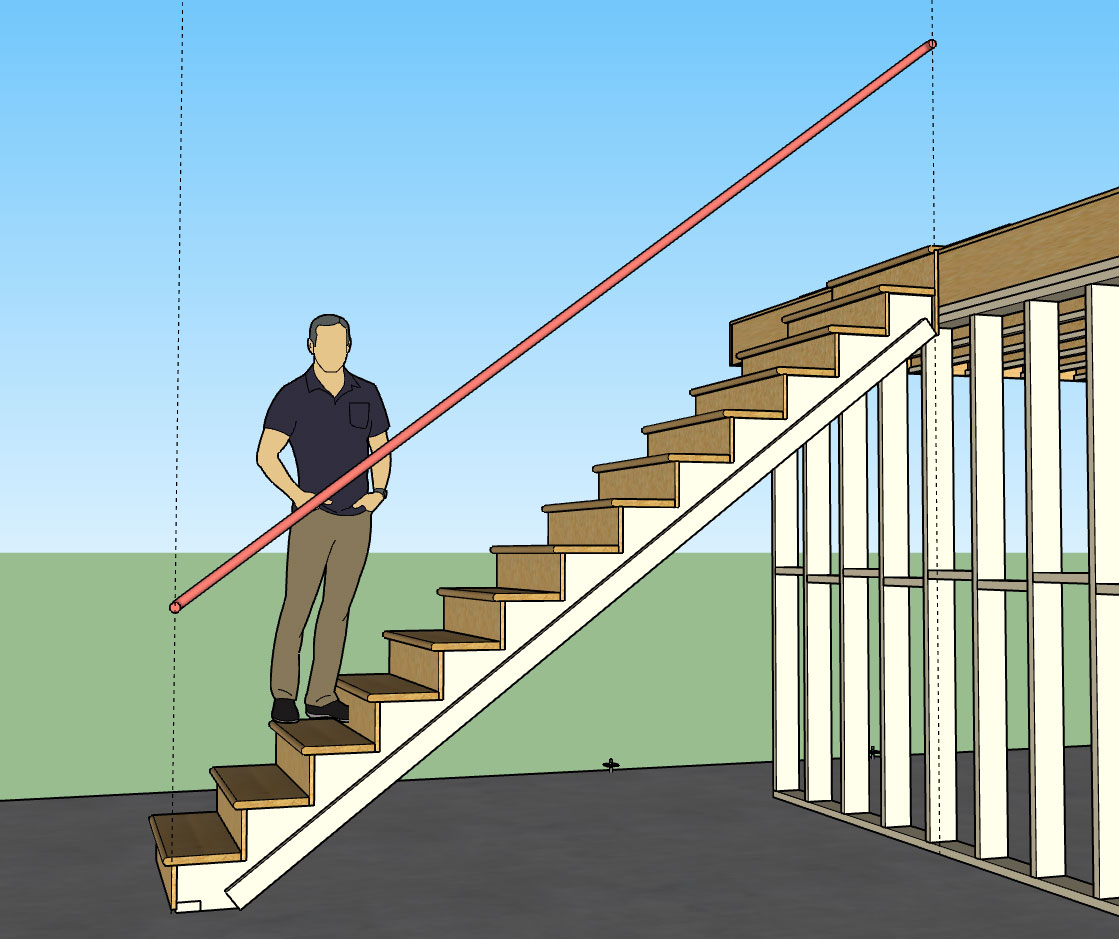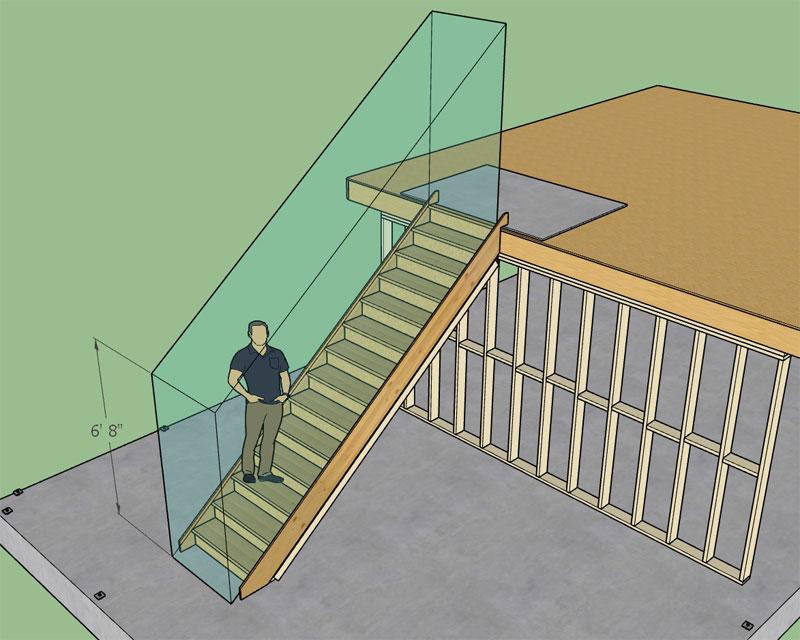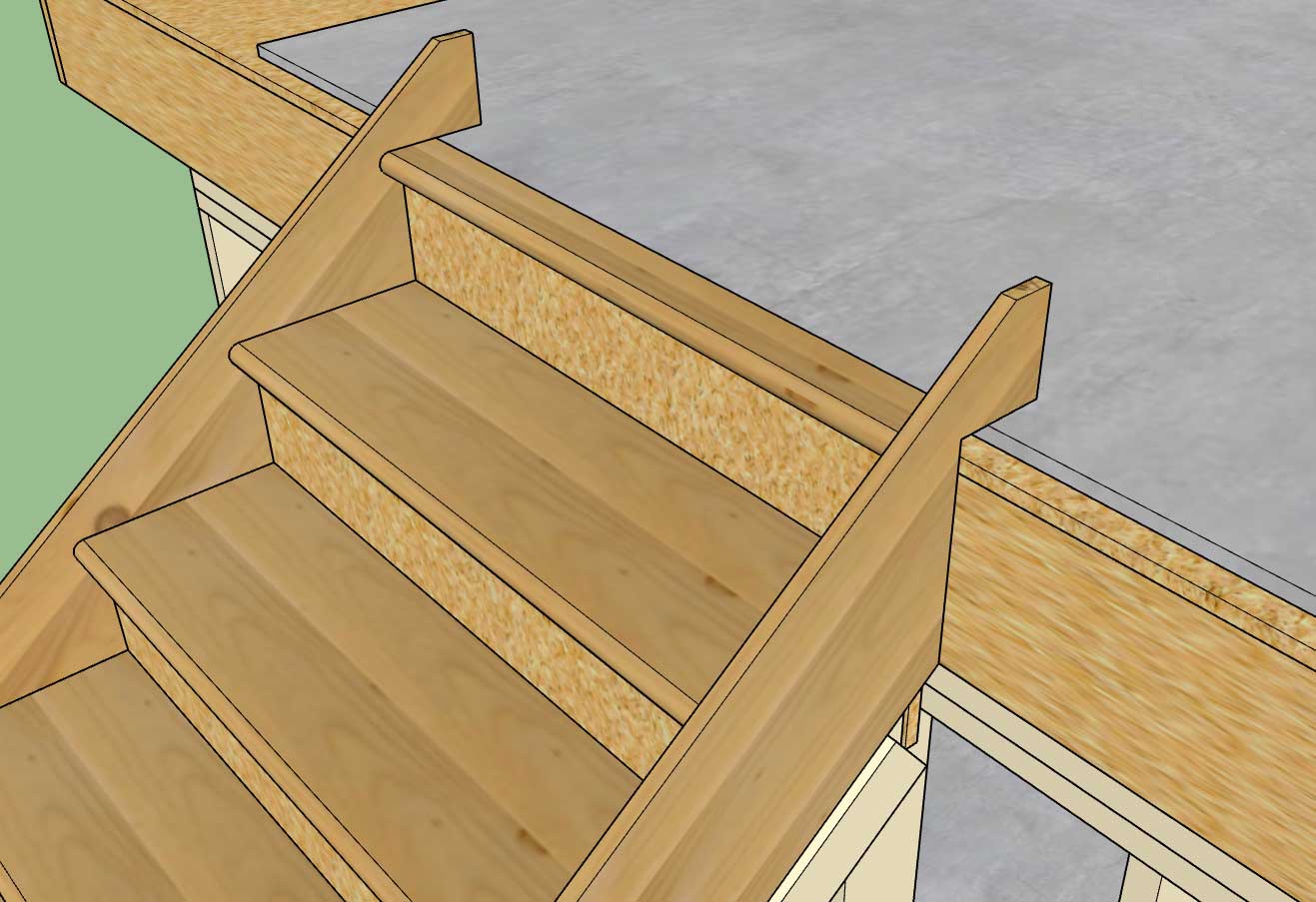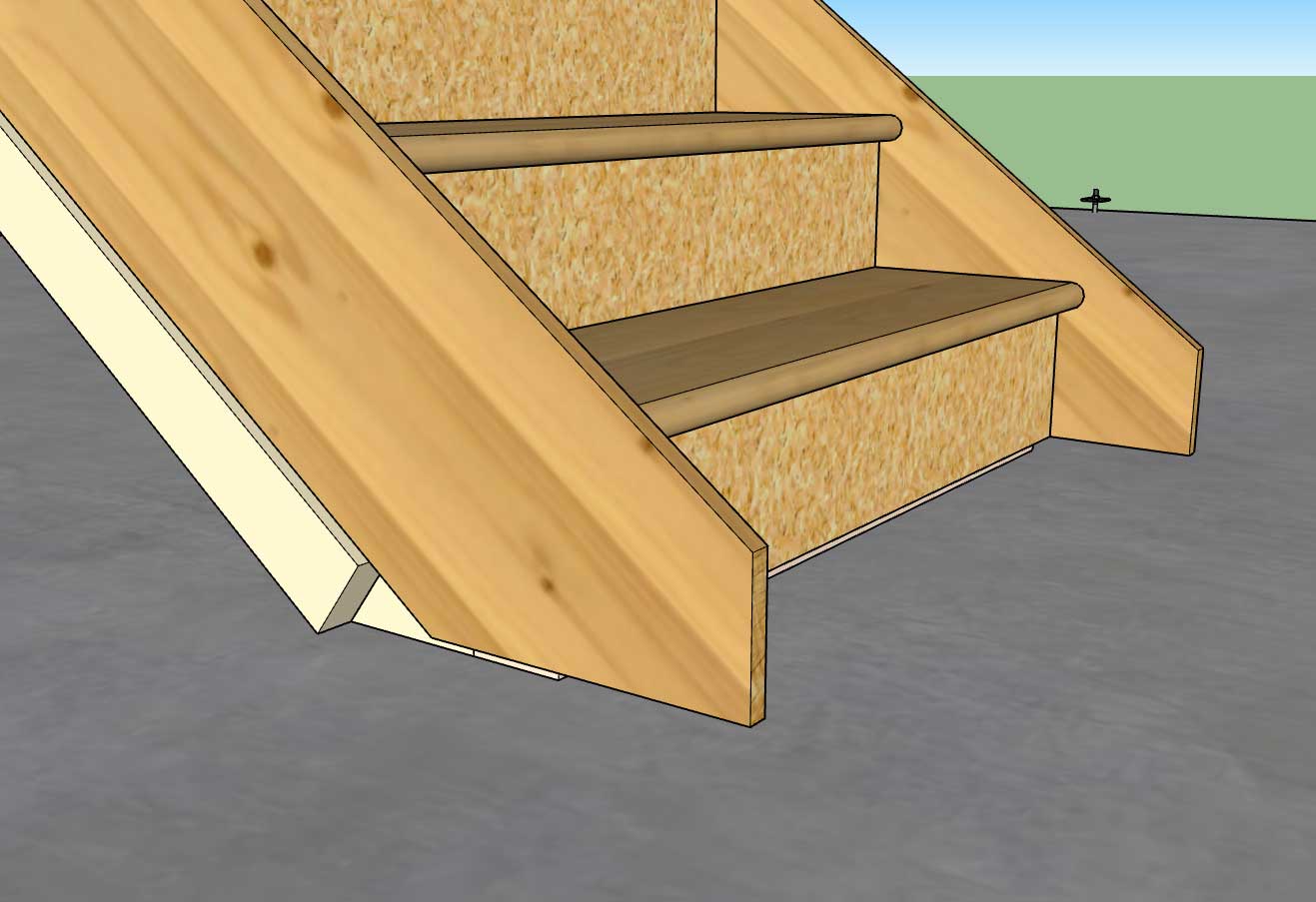Tutorial 8 - Trim Function:
View model here:
https://3dwarehouse.sketchup.com/model/9cf8f6a5-6066-4d27-99e0-775608225e4c/Trim-Test
View model here:
https://3dwarehouse.sketchup.com/model/9cf8f6a5-6066-4d27-99e0-775608225e4c/Trim-Test
SMF - Just Installed!
This section allows you to view all posts made by this member. Note that you can only see posts made in areas you currently have access to.
Show posts Menu